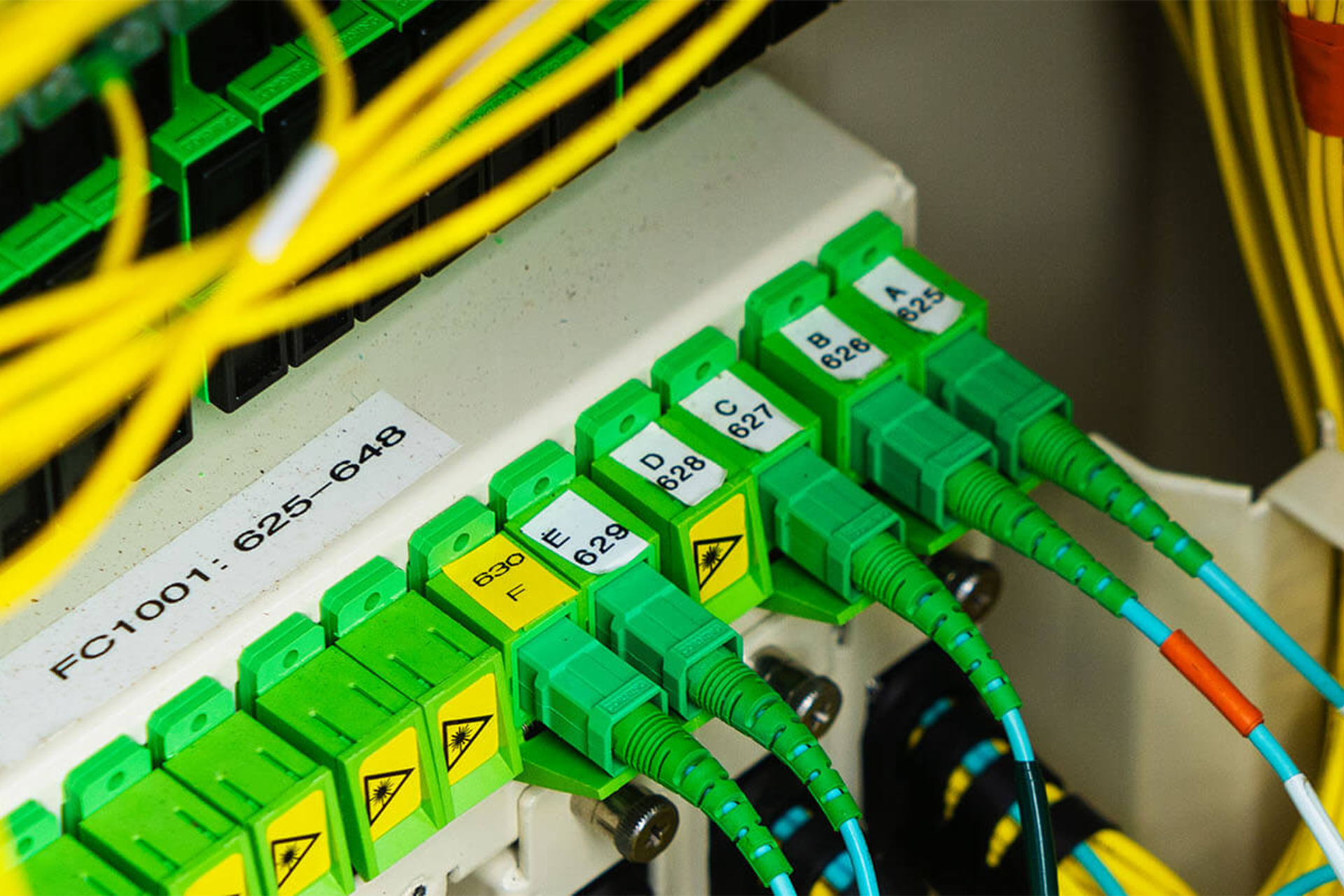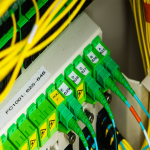We serve Fiber cable connectivity and laying services, which involve installing and connecting fiber optic cables to establish high-speed and reliable internet connections. Here's an overview of the process:
Planning and Design: The first step is to assess the requirements and plan the fiber optic network layout. This involves determining the coverage area, identifying the optimal routes for cable installation, and considering factors such as existing infrastructure, potential obstacles, and future expansion needs.
Site Survey: A site survey evaluates the terrain, existing infrastructure, and potential cable installation challenges. This helps in creating an accurate installation plan and estimating the resources required.
Cable Installation: The cable installation begins after completing the planning and site survey. This process involves trenching or plowing the ground to lay the fiber optic cables along the planned routes. In some cases, aerial installations (using poles or existing utility infrastructure) or underground directional drilling may be employed to avoid disruptions or obstacles.
Splicing and Termination: Fiber splicing joins individual fiber strands together after the cables are laid. This process ensures a continuous signal flow and minimizes losses. The spliced fibers are then terminated with connectors to facilitate easy connection to network equipment or other fiber cables.
Testing and Verification: After the splicing and termination, thorough testing and verification are conducted to ensure the integrity and performance of the fiber optic network. This includes signal quality, loss, and latency measurements to guarantee optimal connectivity.
Connectivity and Network Configuration: Once the fiber optic cables are installed and tested, the network equipment, such as switches, routers, and servers, are connected to establish the desired connectivity. Network configurations, such as IP addressing and routing, are set up to enable data transmission and communication.
Ongoing Maintenance and Support: Fiber optic networks require regular maintenance to ensure continuous performance. This may involve periodic inspections, cleaning of connectors, troubleshooting, and repairs if needed. Service providers usually offer ongoing support and monitoring to address any issues that may arise.
It's important to note that fiber cable connectivity and laying services are typically performed by specialized companies or contractors with expertise in fiber optic infrastructure.



